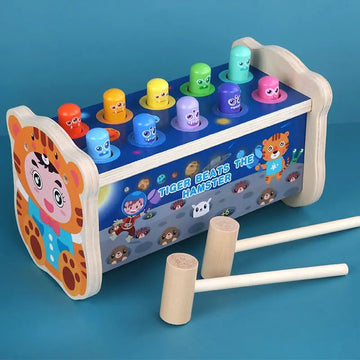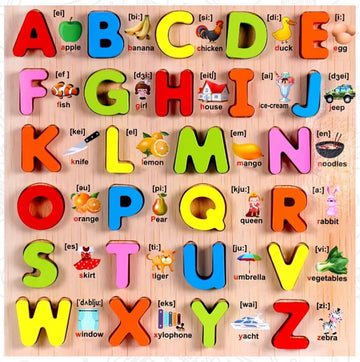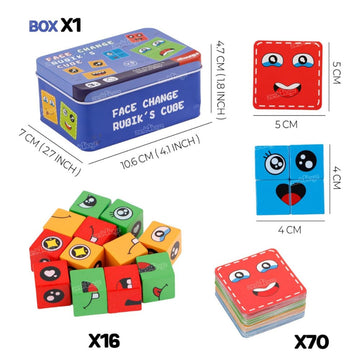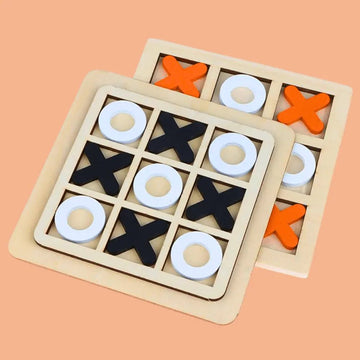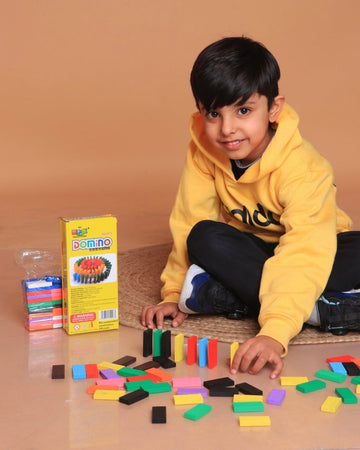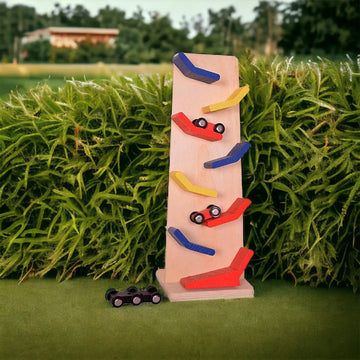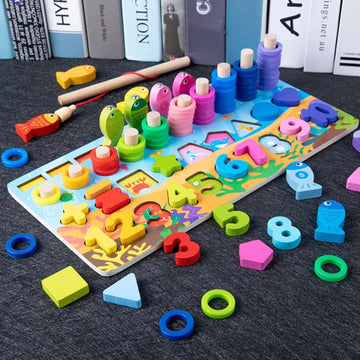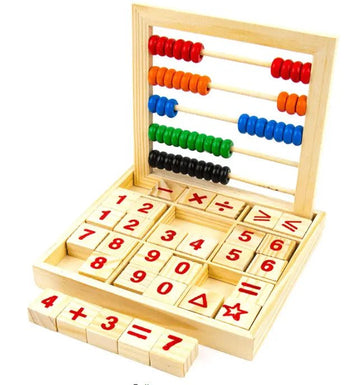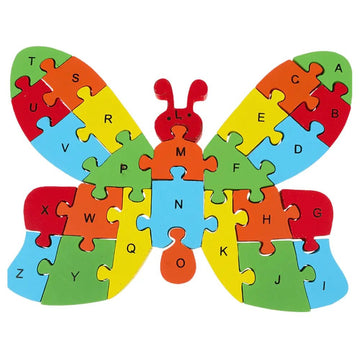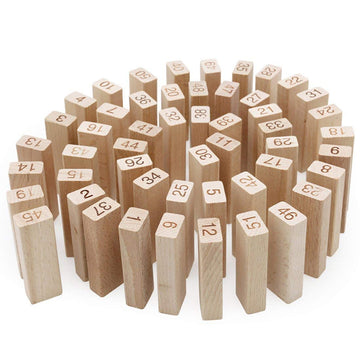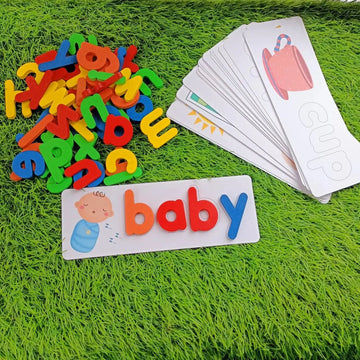Wooden Tower Jenga, also known as Zenga, is a classic game that requires skill, strategy, and a steady hand. These wood balancing blocks are not just a fun pastime, but also a valuable educational tool, especially in the Montessori approach to learning.
What is Wooden Tower Jenga?
Wooden Tower Jenga consists of wooden blocks stacked in a tower formation. The objective of the game is to remove blocks from the tower without causing it to collapse. Each block removed must then be placed on top of the tower, creating a taller and more unstable structure.
Benefits of Wooden Tower Jenga
Playing Wooden Tower Jenga has numerous benefits, including improving hand-eye coordination, fine motor skills, and concentration. It also teaches players about balance, physics, and strategy. In a Montessori setting, Wooden Tower Jenga can be used to enhance problem-solving skills and promote independent learning.
How to Play Wooden Tower Jenga
To play Wooden Tower Jenga, carefully remove one block at a time using only one hand. You must then place the block on top of the tower, creating a new level. The game continues until the tower collapses, with the last player to successfully remove and place a block declared the winner.
Tips for Success
When playing Wooden Tower Jenga, it's essential to approach the game with a steady hand and a strategic mindset. Start by removing blocks from the middle or lower levels of the tower to maintain stability. As the tower grows taller, carefully assess the structure before making your next move.
Remember, practice makes perfect when it comes to Wooden Tower Jenga. The more you play, the better you'll become at predicting the tower's movements and mastering the art of balance.
Whether you're looking for a fun game to play with friends or a valuable educational tool for your classroom, Wooden Tower Jenga is a versatile and engaging option. So gather your blocks, stack them high, and see how steady your hand truly is!

